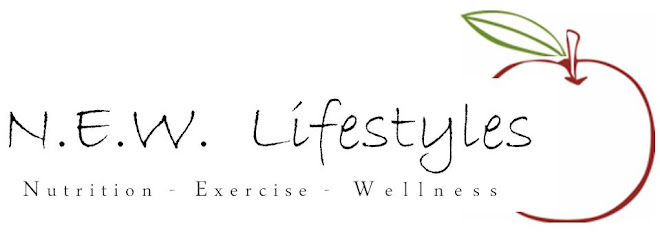The secret is out, and if you haven’t heard it yet, hear it now- You do not have to starve yourself to lose weight! In fact, if you do, it is going to hinder your success. I used to see a lot of people that had troubles losing weight because they loved double cheese burgers and chocolate shakes, but now I am seeing a lot more of people having difficulty because they are not eating enough. When someone hears this, they are sometimes frustrated, but look at it like this, what a great problem to have! Now, you actually get to eat MORE and LOSE weight- wahoo! J
Not eating enough shows up in different ways. Some people try to restrict too much throughout the day. They will have a 100 calorie protein shake for breakfast, some deli turkey slices on a low calorie roll for lunch, and a small serving of vegetables and chicken for dinner. For some people, that is all they have for the day, and for others, they are ravishing by the evening and overdo night time snacking. Other people eat sensibly, but exercise often and are not compensating for the calories burned during their exercise sessions. All are frustrated because they feel they have such strong willpower, make healthy choices, and the scale still won’t budge.
If you are constantly coming in significantly under your 411fit goals, or are only at half way to goal by the evening time, then you need to rethink your weight loss strategy. Many people make dinner their largest meal, but your body needs the bulk of those calories earlier in the day to help you be at the top of your game at work, at play and everything in between. Start by planning and balancing your calories more evenly throughout the day. This is especially important for those who exercise in the morning. You need to make sure your body is properly fueled before your workout and that you eat something afterwards as well.
The idea of eating more often scares people, but if you are eating healthy foods (which I know you are!), it can take a larger quantity to get you at your proper calorie intake level. We’ve always been told that it’s simple: calories in vs calories out, but unfortunately this is not always the case. If you cut calories by too much, then your body will begin to conserve energy, which overtime will decrease your resting energy expenditure (your metabolism) and cause a slowdown in weight loss, and eventually even weight gain.
So if you are sticking to your workout routine, and being honest with the facts you tell 411fit, then make sure you are getting in all the calories it tells you to eat. Spread them throughout the day, and try to make each meal/snack a healthy balance of carb/protein/healthy fat, while staying at your calorie limit. If you have a story of success from learning to eat more, instead of less, please share it! This is the latest trend I have seen in people’s weight loss struggles and I want everyone to know that being hungry isn’t the way to lose weight… now isn’t that what you’ve always wanted to hear?! J

